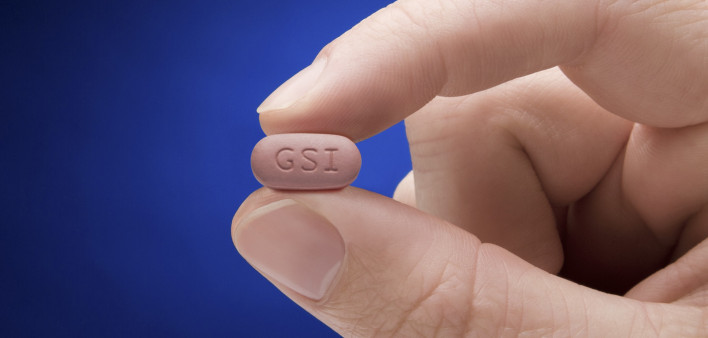Both Biktarvy and a dolutegravir-based antiretroviral regimen were effective in suppressing HIV in people with HIV and hepatitis B virus (HBV) coinfection, but Biktarvy was significantly more effective against HBV at the 48-week mark, according to findings presented at the 30th Conference on Retroviruses and Opportunistic Infections (CROI).
HIV and hepatitis B are blood-borne viruses with shared transmission routes, and many people are living with both viruses. Some medications used to treat HIV are also active against HBV, including tenofovir disoproxil fumarate (TDF) and tenofovir alafenamide (TAF), and guidelines recommend that people with HIV/HBV coinfection should include a dually active drug in their antiretroviral regimen.
Over years or decades, chronic hepatitis B can lead to severe liver disease, including cirrhosis and liver cancer. People with HIV/HBV coinfection tend to experience more rapid liver disease progression and are at increased risk for complications than those with HBV alone. Antiviral treatment suppresses HBV replication, which can reduce liver inflammation and bring down liver enzyme (ALT and AST) levels, but hepatitis B surface antigen (HBsAg) loss—considered a cure—and HBV surface or “e” antibody seroconversion are less common.
Anchalee Avihingsanon, MD, PhD, of the Thai Red Cross AIDS Research Center, presented an analysis from the first 48 weeks of the Phase III ALLIANCE trial (NCT03547908), which compared the safety and efficacy of Biktarvy (bictegravir/TAF/emtricitabine) versus dolutegravir (Tivicay) plus TDF/emtricitabine (the drugs in Truvada) for people with HIV/HBV coinfection.
The study enrolled 243 participants, largely from China, Malaysia and Thailand. Most were men, 88% were Asian and the median age was 32 years. About 80% were hepatitis B “e” antigen (HBeAg) positive, and a majority had a high HBV DNA viral load (8 log IU/ml or higher) and elevated ALT at baseline. The participants were randomly split into two groups, each receiving one of the two drug combinations once daily.
As reported at the 2022 International AIDS Conference, both Biktarvy and the dolutegravir-based regimen were similarly effective for suppressing HIV at 48 weeks (95% and 91%, respectively, with an undetectable viral load). But people taking Biktarvy were significantly more likely to achieve HBV viral load suppression (63% versus 43%). At this point in the trial, liver enzyme levels normalized in 73% of people on Biktarvy and 55% of those on the other regimen.
Twice as many people taking Biktarvy experienced HBeAg loss (26% versus 14%) and HBeAg seroconversion (23% versus 11%) compared with those on the dolutegravir-based regimen. But hepatitis B cure rates were low in both groups: Just 13% on Biktarvy and 6% on dolutegravir experienced HBsAg loss, and only 8% and 3%, respectively, achieved HBsAg seroconversion.
After adjusting for other factors, being HBeAg negative, having HBV DNA below 8 log and having ALT above the upper limit of normal at baseline were all predictors of achieving an undetectable HBV viral load. Elevated ALT and having a CD4 T-cell count of 200 or higher were predictors of HBeAg loss and HBsAg loss.
The researchers noted that the ALLIANCE trial will continue to follow participants through 96 weeks to determine longer-term safety and efficacy.
Click here for more news about hepatitis B.
Click here for more reports from CROI 2023.







Comments
Comments